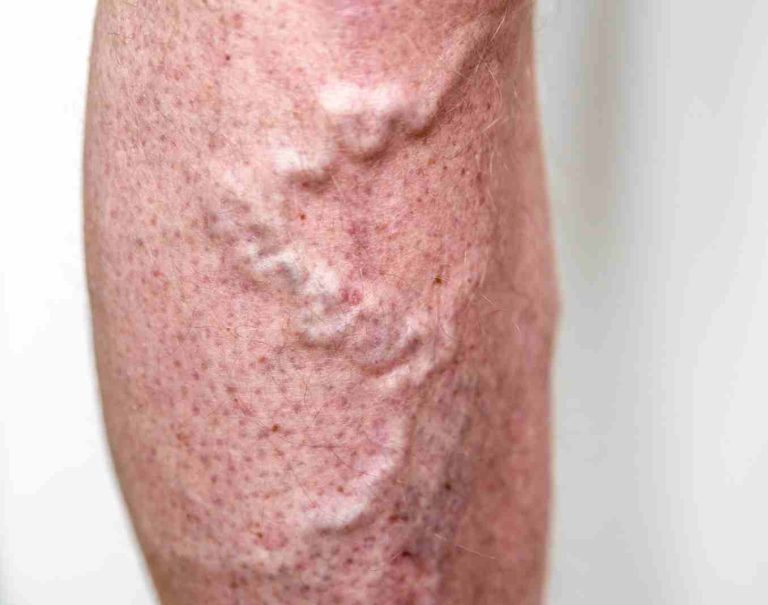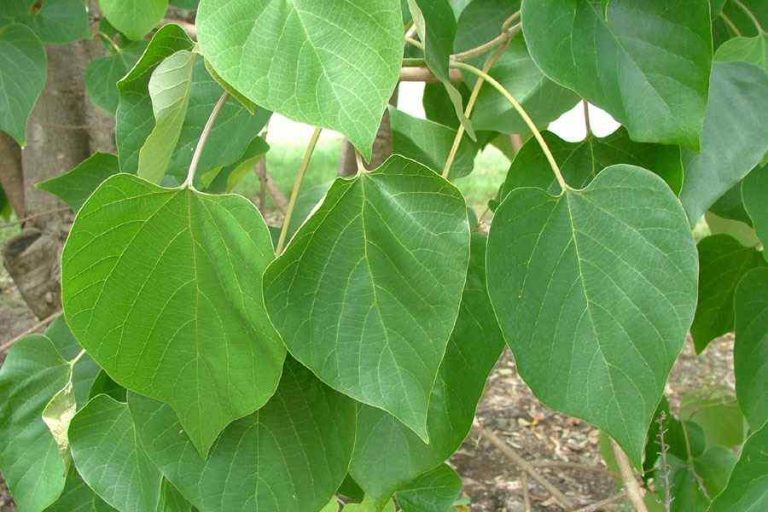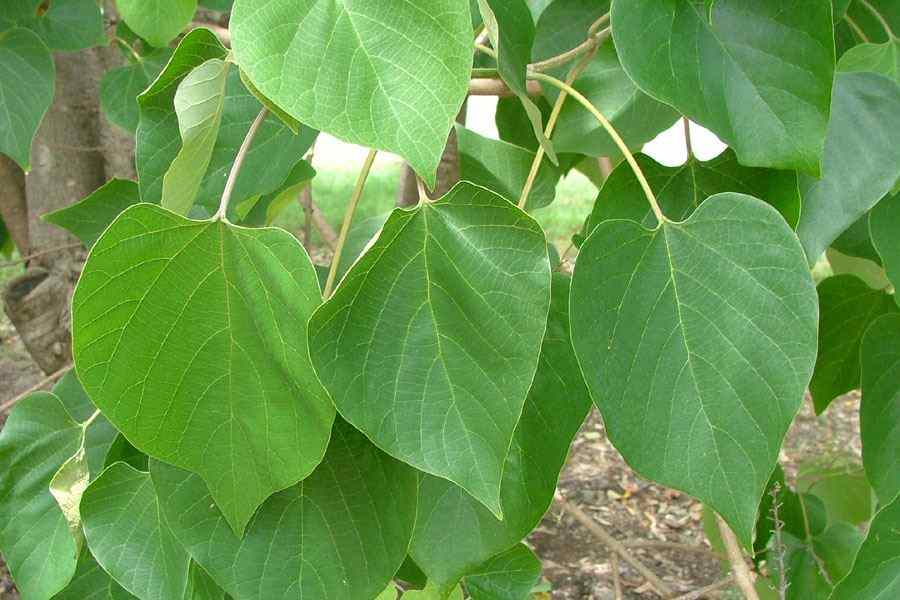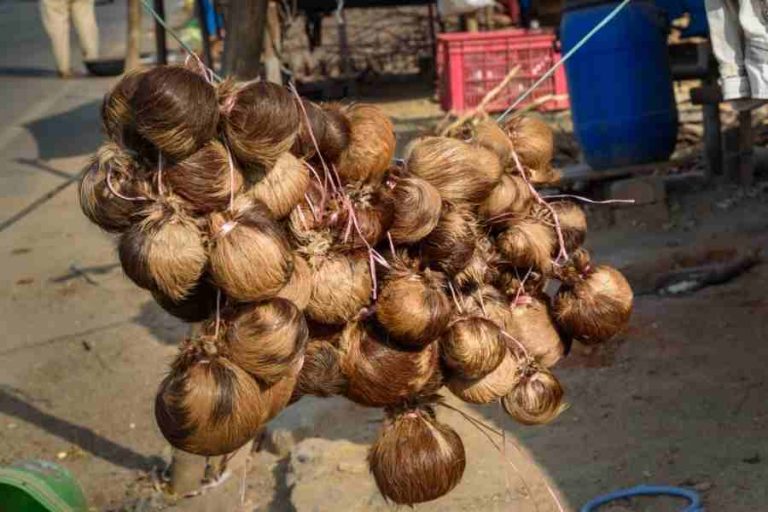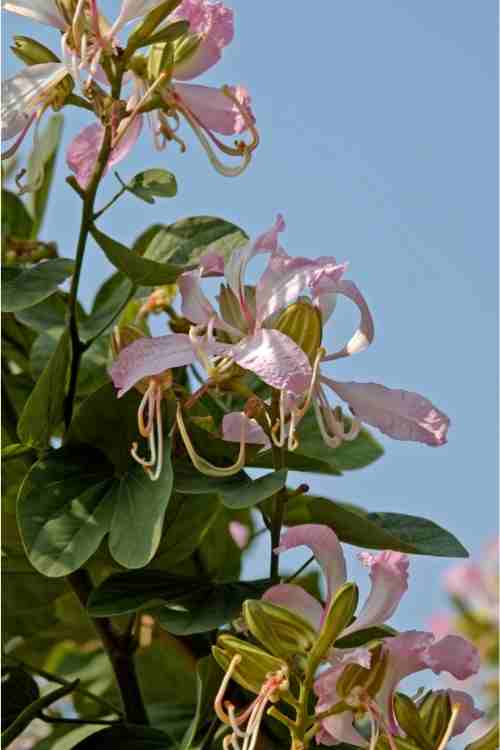
Table of Contents
Varicose Veins Treatment in Ayurveda
What does Ayurveda say about varicose veins? What are the causes? And what are the Ayurvedic Dos and Don’ts? Read on to understand what Ayurveda has to say about this condition termed as Sira Granthi too! You’ll also learn about the Ayurvedic treatments available for varicose veins.
What Ayurveda says about varicose veins
A common health problem, varicose veins are visible bloated and distended veins on the legs. There are many causes of varicose veins, and while some cases don’t require advanced medical treatment, other cases can signal underlying circulation problems. When these veins become damaged and clogged, they may bleed or cause aching, burning, and discoloration of the skin.
Ayurvedic herbal oils can be effective, even temporary and on a long term use it can bring about best results. These can be bought from your local market. Some of the most effective oils are Sahacharadi taila, Pinda thaila, Dhanwantharam taila. When massaging these, make sure to massage your leg muscles and hair rather than pressing directly on the veins.
Varicose veins are caused by poor blood circulation, or ‘Vyana Vata.’ When Vata is imbalanced, it leads to greater pressure, which weakens the vein valves. The valves can then leak blood back down, resulting in dilated and varicose veins.
Causes for Sira Granthi
The causes for Sira Granthi in Ayurvda are various, and treatment for Sira Granthi varies depending on its cause. The Ayurvedic prognosis of Sira Granthi depends on its dosha and the season and constitution of the patient. The good news is that the condition can be treated if caught early and properly.
In Ayurveda, Siraja Granthi is a pathological condition affecting the lower limbs. This disease often affects people who stand for extended periods of time. Ayurveda notes that exposure to cold water after exertion is an important Nidana. It also suggests that undergoing Poorvakarmas after strenuous exercise is necessary. This re-establishes Siravyadha, and is considered a Srotho Vishodhana.
Ayurvedic treatment for Sira Granthi
Known as a common clinical condition, Sira Granthi is caused by retrograde flow of blood, and is characterized by painless, elongated, and pigmented veins. The signs and symptoms of Sira Granthi closely correlate with those of varicose veins. Several Varicose Veins Treatment in Ayurveda are time-tested treatment modalities. Varicose Veins Treatment in Ayurveda involve parasurgical procedures known as raktamokshana.
Rakthamokshana is a blood letting therapy and it can be done using different methods based on the conditions. Commonly Rakthamokshana can be done by leach therapy, venous puncture. Leach produces a anti coagulant which helps it to efficiently remove the impurities in the torchous vein. In Venous puncture Vein is punctured by virtue of which the stagnant impurities are removed outside along with the blood.
Along with external Ayurvedic therapies, internal Ayurvedic medicines also plays its own important role. Ayurvedic medicines are available in many stores now a days. The treatment is based on a variety of natural herbal remedies and lifestyle changes. Herbs used to treat Sira Granthi include Brahmi, Arjuna, Ashwagandha, and Jeera water.
Ayurveda also describes varicose veins as a weakened Siraja granthi, a tubular structure in the blood stream. This tridoshic imbalance results in abnormal blood clots. Symptoms of Sira Granthi varicose veins include numbness, fatigue, and blue to purple discoloration.
Dos and Dont dos in Varicose vein
Ayurveda explains varicose veins as a tridoshic imbalance between the vata and kapha doshas, two opposing forces in the body. Because of this imbalance, the blood vessels can become enlarged and swollen, leading to painful varicose veins. The good news is that varicose veins are very treatable with the right combination of Internal Ayurvedic medicines and Raktha Mokshana.
Here are the Dos and Donts for treating varicose veins in Ayurveda
Avoid standing for a prolonged time, or carrying weight. Cigarette smoking and Alcohol intake may always worsen Varicose vein, Try to do daily exercise and use a pillow under the leg to lift leg position slightly while sleeping
Ayurvedic treatments for varicose veins are comprised of medicines, Shodhana chikitsa, and Panchakarma therapies. These treatments use internal medicines that are known to reduce inflammation and purify the blood. In addition, Kashayas, or herbal medicines, are also incredibly beneficial to varicose veins. For example, a traditional Ayurvedic medicine known as Triphala churna helps regulate the doshas in the body and helps relieve pressure on the affected veins.

